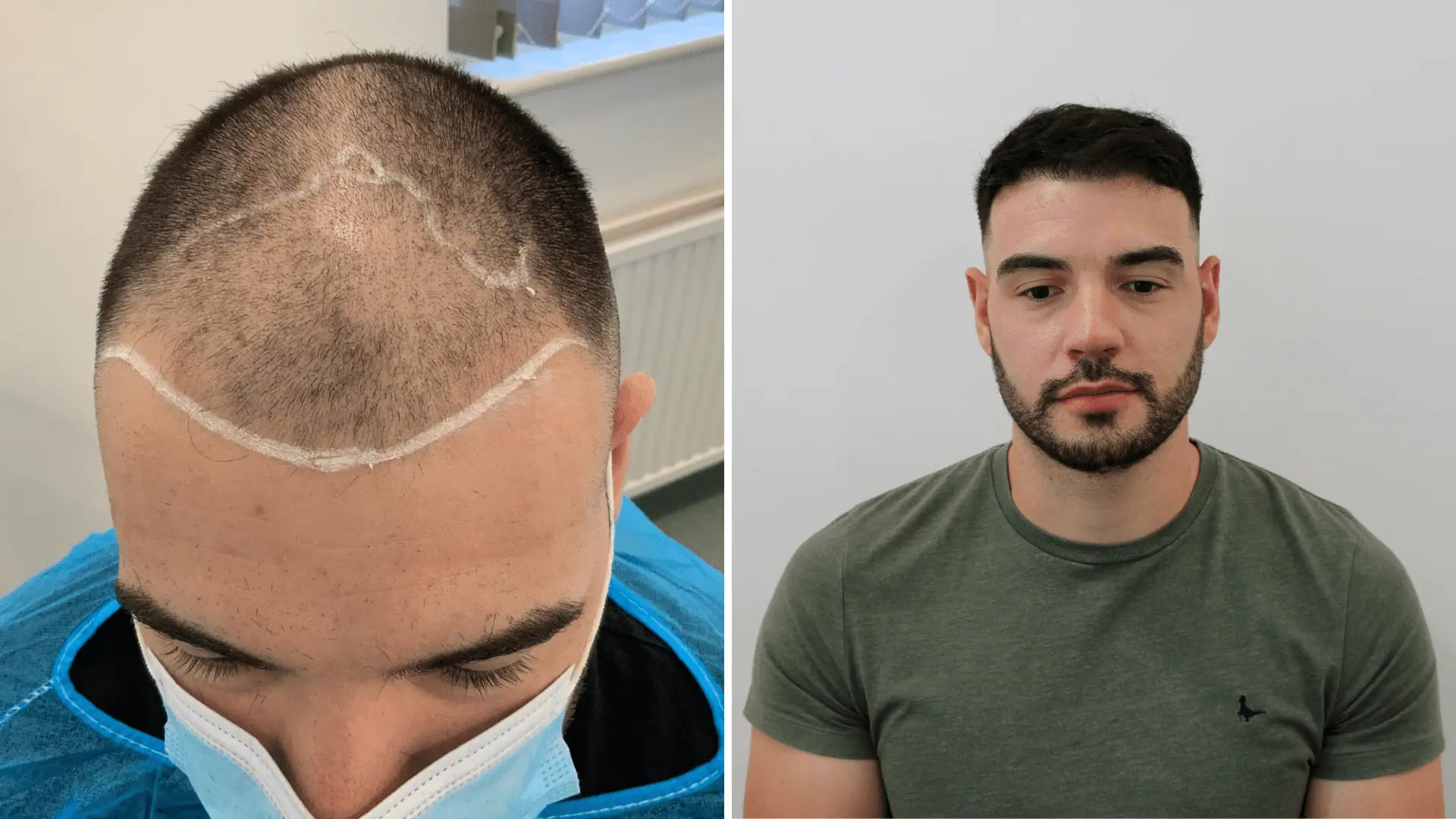Cognitive-Behavioral Therapy (CBT) is a widely used and effective approach in addiction treatment. This therapeutic method focuses on identifying and changing negative thought patterns and behaviors associated with substance use. By addressing the underlying cognitive and behavioral aspects of addiction, CBT helps individuals develop healthier coping mechanisms and achieve long-term addiction treatment recovery.
Understanding Cognitive-Behavioral Therapy
CBT is based on the premise that our thoughts, feelings, and behaviors are interconnected:
- CBT emphasizes the role of cognitive processes—thoughts and beliefs—in influencing emotions and behaviors. It aims to identify and challenge distorted or maladaptive thoughts that contribute to substance use.
- CBT also focuses on changing behaviors that reinforce addiction. By modifying these behaviors, individuals can reduce cravings and avoid triggers that lead to substance use.
The Effectiveness of CBT in Addiction Treatment
CBT has been extensively researched and shown to be effective in treating various substance use disorders:
Addressing Triggers
CBT helps individuals identify and understand the triggers that lead to substance use. These triggers can be environmental, emotional, or social. By recognizing these triggers, individuals can develop strategies to avoid or cope with them.
Changing Thought Patterns
Negative thought patterns, such as hopelessness or low self-esteem, can contribute to addiction. CBT works to challenge and replace these thoughts with more positive and realistic ones, reducing the likelihood of substance use.
Developing Coping Skills
Stress is a common trigger for substance use. CBT teaches effective stress management techniques, such as relaxation exercises, problem-solving skills, and mindfulness practices, to help individuals cope without resorting to substances.
CBT helps individuals develop better emotion regulation skills. By learning to manage emotions such as anger, anxiety, and depression, individuals can reduce the risk of relapse.
Preventing Relapse
CBT includes techniques for preventing relapse. This involves developing a relapse prevention plan, which identifies high-risk situations and outlines strategies to handle them without using substances.
Key Components of CBT in Addiction Treatment
Several core components are integral to the success of CBT in addiction treatment:
Functional Analysis
Functional analysis involves examining the circumstances and thoughts that precede substance use. By understanding these patterns, individuals can identify the factors that contribute to their addiction.
This component also explores the consequences of substance use, both positive and negative. Recognizing the short-term and long-term effects of addiction helps individuals make more informed decisions.
Coping Skills
Skills training focuses on developing healthy coping mechanisms to deal with stress, cravings, and other challenges. Techniques such as deep breathing, progressive muscle relaxation, and visualization are commonly used.
Problem-Solving Skills
Teaching effective problem-solving skills helps individuals address life challenges without turning to substances. This includes breaking down problems into manageable steps and exploring multiple solutions.
Cognitive Restructuring
Cognitive restructuring involves identifying and challenging negative or irrational thoughts that contribute to substance use. Techniques such as cognitive reframing and thought-stopping are used to replace these thoughts with more constructive ones.
Encouraging positive self-talk helps individuals build self-esteem and resilience. Affirmations and positive statements are used to counteract negative thinking patterns.
Engaging in Positive Activities
Behavioral activation involves encouraging individuals to engage in activities that promote positive emotions and well-being. This can include hobbies, social activities, and physical exercise.
Establishing a daily routine and structure provides stability and reduces the likelihood of engaging in substance use. Scheduling activities and setting goals are important aspects of this component.
Integrating CBT with Other Treatment Modalities
CBT is often integrated with other treatment modalities to provide a comprehensive approach to addiction treatment:
Combining CBT and MAT
For individuals with opioid or alcohol use disorders, combining CBT with medication-assisted treatment can enhance outcomes. Medications such as methadone, buprenorphine, and naltrexone can help manage withdrawal symptoms and cravings, while CBT addresses the psychological aspects of addiction.
Peer Support
Group therapy provides a supportive environment where individuals can share their experiences and learn from others. Combining CBT with group therapy can enhance the therapeutic process and provide additional motivation and accountability.
Involving Family
Involving family members in the treatment process can provide additional support and improve outcomes. Family therapy can address dysfunctional family dynamics and improve communication, fostering a supportive recovery environment.
Holistic Approaches
Integrating mindfulness practices, such as meditation and yoga, with CBT can enhance emotional regulation and stress management. These holistic approaches complement the cognitive and behavioral techniques used in CBT.
CBT is a highly effective approach in addiction treatment, offering tools to address the cognitive and behavioral aspects of substance use disorders.





